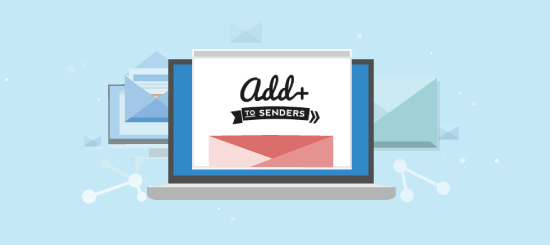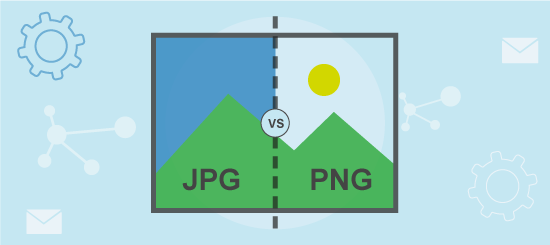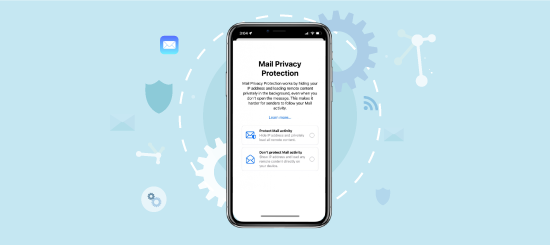We invest a considerable amount of budget on email marketing and would like to see a good ROI. In this two part article we will focus on the process of lead nurturing through email marketing (www.campaignmaster.co.uk) with the aim of ultimately boosting your ROI.
What Is Lead Nurturing?
Lead nurturing is the concept of building a relationship with your prospects by providing them with information on your products or services, through a gradual series of emails. The aim of lead nurturing is to drive conversions, but smartly done they should be able to buy from you at any stage of the email process.
Define Your Goals
Before you do anything, and that includes creating your email templates, define your goals. Set yourself a main goal but also smaller goals for each email you send. The goals you define must be SMART:
Specific
What is the final objective? Each email should be used to improve your knowledge of your prospects. For example, if you offer a variety of services, your initial email can be to establish which service(s) your prospects are more interested in.
Measurable
Ensure the goal you define can be quantified. You want to be able to ascertain the success or failure of your campaign.
Achievable
Your goal must be realistic. Expecting recipients to click a link is reasonable; expecting to close a sale in your first email is reaching for the stars.
Relevant
The goals you define should relate to the final outcome you are looking to achieve.
Timely
As you will be sending a series of emails, you need to establish time frames for your responses.
In effect, you are creating a virtual funnel where you are directing your prospects towards the final goal by defining goals for each email in your series of communications.
Your final goal could be to arrange a call between your sales team and a prospect. Your series of emails can be used to obtain relevant information for the sales team to enhance their sales processes.
Before you begin sending, set up an email template for each step of the funnel based on the various options you will be offering your contact.
Welcome Email – the First Impression
By defining your goals you should have now established how many emails you need in order to reach your final goal. Your welcome email will define the tone of your communications and is your chance to set a good first impression.
Timing- Don’t waste time. Get your welcome email to the prospect within the first 24 hours of receiving their details. Get the ball rolling while the interest in your service is fresh in the prospect’s mind.
This is your first communication; you want to make it clear what you can offer. Demonstrate your expertise in the field by offering a ‘whitepaper’ download or a ‘how to’ guide.
Tracking Recipient Behaviour
Record the interactions of your prospects from the welcome email. If you offer a range of services, offer whitepapers for each to establish what kind of service the recipient is interested in.
Ensure the links you insert are tracked so you can monitor the contact’s behaviour. This information should be used to establish the content of the follow up emails so it needs to be fed back to your database. Campaignmaster allows you to automatically update database fields based on recipient behaviour.
Lead nurturing is the concept of building a relationship with your prospects by providing them with information on your products or services, through a gradual series of emails. The aim of lead nurturing is to drive conversions, but smartly done they should be able to buy from you at any stage of the email process.
Now we move on to how we manage those all-important opens and clicks.
Behavioural Targeting
Once you have established what type of service your contact is looking for it’s time to get more specific with your content. After the welcome email, each subsequent email should be based on the recipient’s activity.
Don’t inundate the contact with questions or links. For each email, have one main call to action which determines a new piece of information that you can feed back to your database.
To improve your interaction with the client, you can link off to a web form to request more information. If you do choose to do this, save the recipient time by pre-populating the form fields with data you already have. He or she will be more likely to complete the form.
Automation
Automation can save you a lot of time. Once you have set up your email templates, automate the process. It is not as complicated as it sounds and Campaignmaster consultants can walk you through the process. All you need to do is set up your series of emails and let the system send them out based on the recipient’s activity.
This lets you get on with your work, and you can come back and analyse the progress of your campaign from time to time.
Personalisation
Use personalisation where possible in your email, including subject lines. Your contacts are more likely to ‘feel the love’ if you address them by name. The content then comes across as being tailored for the recipient.
Don’t Leave It Too Late
Your series of emails should not be too far apart. You want to strike the proverbial iron whilst it’s hot. Do not inundate your contacts with emails, but you don’t want to leave it for too long. Find the right balance on the number of emails you should be sending to each recipient.
If you do offer the option to ‘enquire more’ which links off to a form, ensure that request is being delivered to your sales team instantly. Campaignmaster offers the ability to generate automatic email notifications.
Don’t Forget to Close
If you have managed to guide a recipient through your ‘virtual funnel’ to gather all the information you need, send them a closing email. By now you should have all the data you need to make a strong case for why your prospect should become your client.
I find a lot of businesses fail to go for the close, maybe out of fear of losing the contact, but bare this in mind; if the recipient has followed your campaign up until now; the chances are they may well be ready to sign up, so give them the final push.
Conclusion
So lead nurturing is a great way for you to see a return on your investment. Begin with a welcome email, followed by a series of emails, gathering data as you go along and tailoring your emails based on the data you gather. Just bear the following in mind.









